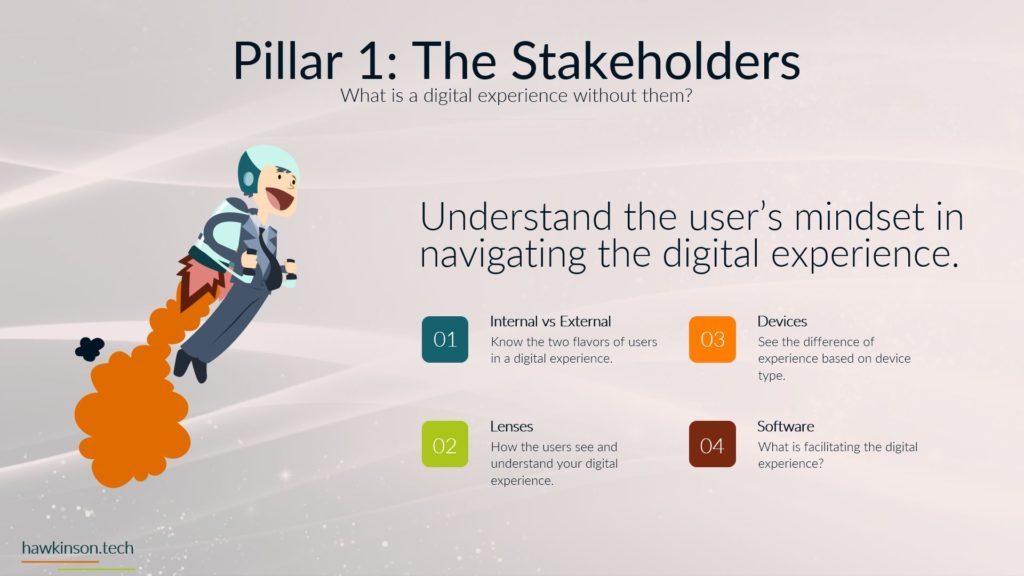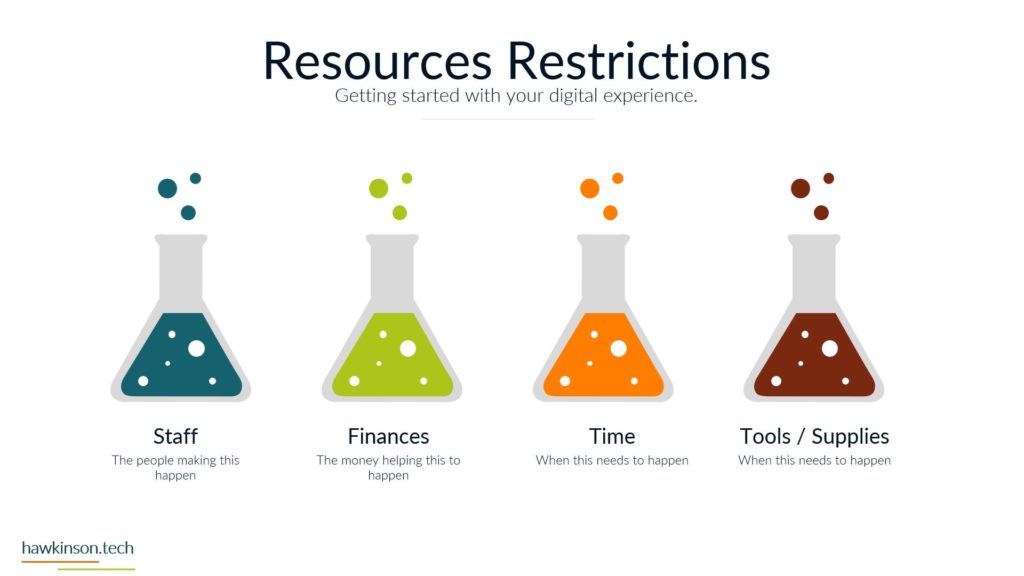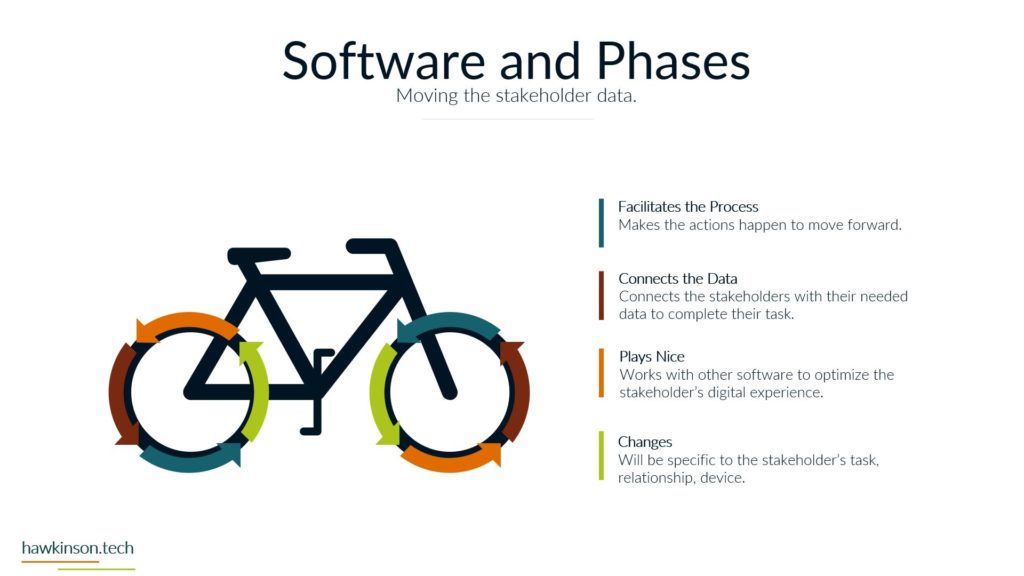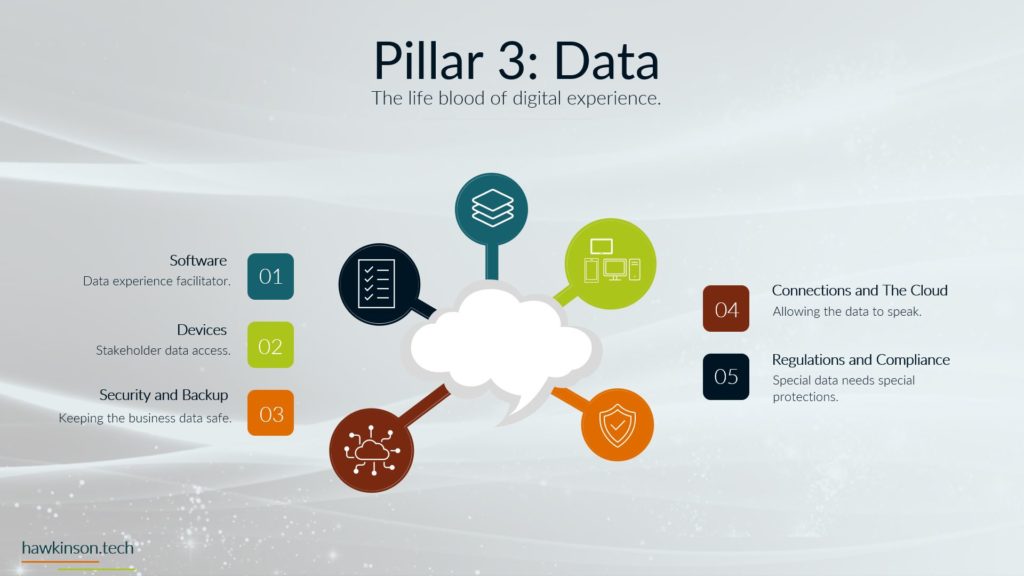MonsterInsights is one of the top WordPress plugins for Google Analytics. It makes installing and using Google Analytics incredibly simple. MonsterInsights takes the uncertainty out of decision-making and gives business owners the real facts they need to expand their operations. Almost 2 million people use the tool, which is unsurprising given its simplicity and capabilities.
Key Features
Dual Tracking for Google Analytics 4 and Universal Analytics
You can link to any version you’re using because MonsterInsights effortlessly interacts with Universal Analytics (GA3) and Google Analytics 4 (GA4). Furthermore, this is the only plugin with the Dual Tracking feature, enabling simultaneous connections to both editions.
Easy-to-use Dashboard Reports
While MonsterInsights makes integrating Google Analytics with your website quite simple, it enables you to access statistics in your WordPress admin. You can view Google Analytics reports using its dashboard reporting without ever leaving your website. Each report is thoughtfully created so readers can quickly comprehend the data and discover insights they can apply to advance their businesses.
Choose Your Best-Performing Content
MonsterInsights helps you concentrate on essential topics. It removes uncertainty in finding popular landing sites. You might optimize your content for more conversions by learning what customers prefer. Alternatively, you can create relevant themes to drive more visitors to your website.
Other Features
- Keyword focusing
- Scroll tracking
- Top Countries reports
- Ecommerce tracking
- Conversion tracking
- Real-time stats

























